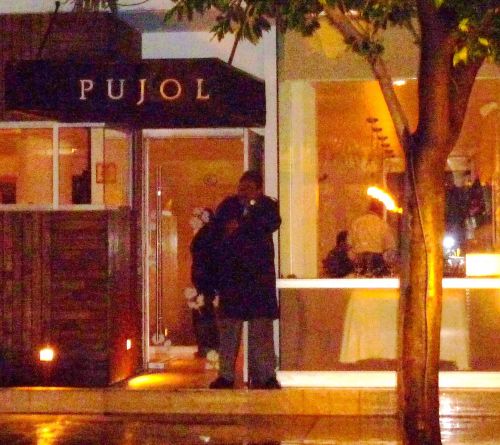This bronze equestrian statue of Charles V of Spain was made by Manuel Tolsá between 1796 and 1803. Tolsá, a Spaniard, came to Mexico in 1790 and became professor of sculpture at the San Carlos Academy, which throughout much of Mexican history was the country's most prestigious art school. Tolsá was something of a Renaissance man, briefly in charge of Mexico City's drainage and water supply system, and the replanting of the flora of the Alameda Central.
After Independence, the statue, known as el caballito (the little horse) galloped all over: it moved to the National University, then to the intersection of Paseo de la Reforma and Avenida Juárez, and then to the plaza outside the National Museum on Calle Tacuba, where it is pictured above.
Back at Reforma and Juárez, since 1992, another statue, much larger and semi-abstractly shaped like a steed's cranium, has replaced the little horse. Formally called "The Horse's Head," it is nicknamed el caballote (the big horse). Metallic, a hundred feet tall and painted banana yellow, its author is Enrique Carbajal, aka "Sebastián," whose pieces are in museums in Mexico, Latin America, Europe, Asia and the U.S.






